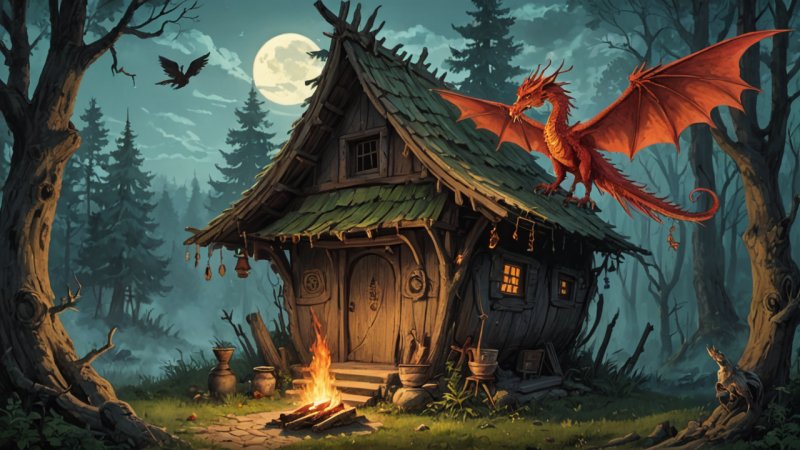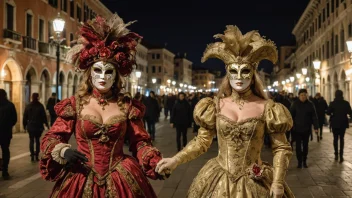1. The Legend of the Wawel Dragon - Poland
The Wawel Dragon is one of Poland's most famous legends. According to the tale, this fearsome dragon lived in a cave beneath Wawel Hill in Kraków and terrorized the local population. The story goes that a clever shoemaker tricked the dragon into swallowing a sheep filled with sulfur, leading to its demise. Today, visitors can see a statue of the dragon that breathes fire, making it a must-see for anyone interested in Polish folklore.
2. The Baba Yaga - Russia
Baba Yaga is a prominent figure in Slavic folklore, often depicted as a witch who lives in a hut that stands on chicken legs. This enigmatic character embodies both good and evil, serving as a guide and a challenge for many heroes in Russian fairy tales. Her stories often involve themes of wisdom, nature, and the balance between life and death, making her a fascinating figure to explore.
3. The Firebird - Russia and Ukraine
The Firebird is a magical creature from Russian and Ukrainian folklore, known for its stunning plumage and elusive nature. Many tales involve a prince who seeks the Firebird, facing various challenges and adventures along the way. The Firebird symbolizes hope, beauty, and the quest for the unattainable, and its story has inspired countless adaptations in ballet, opera, and literature.
4. The Hutsul Mythology - Ukraine
The Hutsuls, an ethnic group from the Carpathian Mountains in Ukraine, have a rich tradition of folklore that includes unique myths and legends. One of the most famous figures is the god of the underworld, who appears in various tales to teach lessons about life and death. Hutsul folklore often emphasizes the connection between nature and humanity, making it an intriguing area to explore for those interested in cultural experiences.
5. The Rusalka - Slavic Countries
The Rusalka is a water nymph found in Slavic mythology, often associated with rivers and lakes. These ethereal beings are known for their beauty and enchanting songs, which can lure unsuspecting men to their watery graves. Rusalki are often depicted as tragic figures, embodying the themes of love, loss, and the consequences of ignoring nature.
6. The Tale of the Twelve Brothers - Germany and Eastern Europe
This fairy tale, popular in several Eastern European countries, tells the story of twelve brothers who are turned into swans by their wicked stepmother. Their sister embarks on a dangerous quest to save them, showcasing themes of perseverance, family loyalty, and the triumph of good over evil. The tale has various adaptations and is a staple in the folklore of many cultures.
7. The Legend of Golem - Czech Republic
The Golem of Prague is a legendary creature made of clay, brought to life by Rabbi Loew to protect the Jewish community from persecution. This story highlights themes of creation, protection, and the consequences of playing god. The Golem remains a powerful symbol of resilience and hope for many, making it an essential part of Czech folklore.
In conclusion, Eastern European folklore is rich with captivating tales that reflect the diverse cultures and histories of the region. From the legendary Wawel Dragon of Poland to the mystical Baba Yaga of Russia, each story offers unique insights and lessons. Exploring these folklore narratives not only enhances your travel experience but also connects you to the heart and soul of Eastern Europe.






